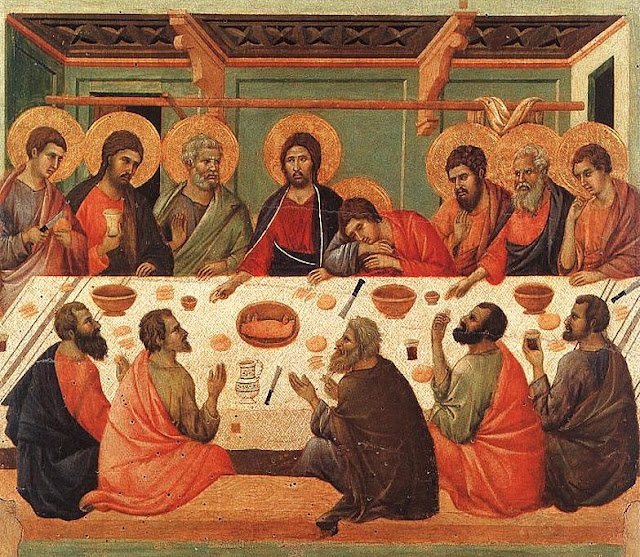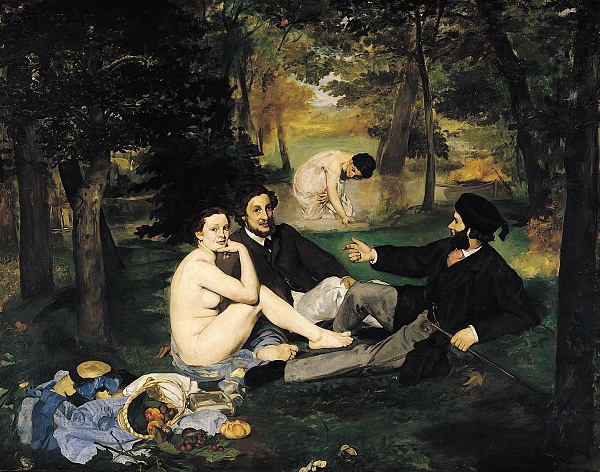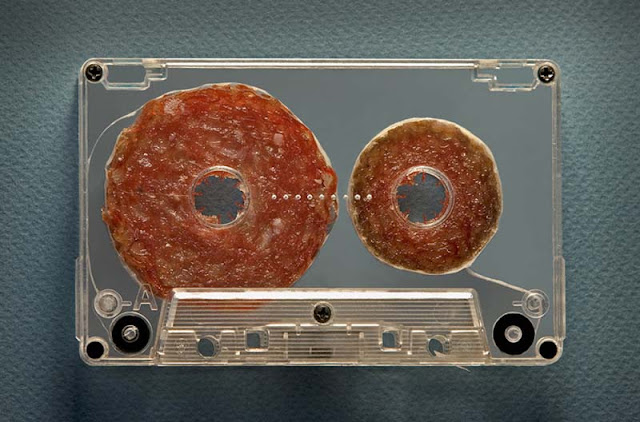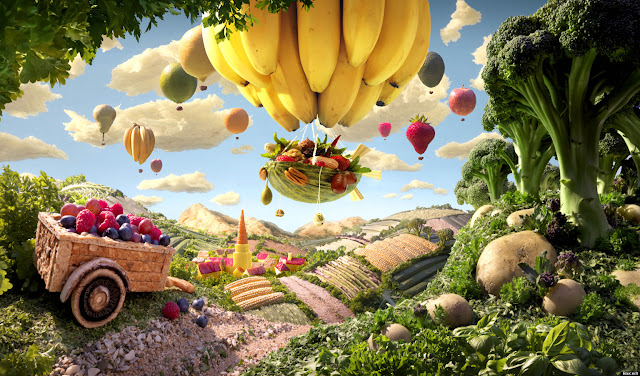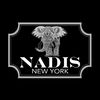

NADIS NEW YORK
Luxury Designer Silk Scarves. Made with love
NADIS ART COLLECTION
We want to take you to all the museums around the world to see the amazing master pieces and learn about the fantastic stories behind them. Both arts and artists.You will learn something interesting along the way, even if you don't know anything about art at all. won't you come with us, please?
Georges Seurat
Georges Seurat was a French painter and draftsman who pioneered the painting technique known as Pointillism. Born to a mother whose family produced many sculptors, Seurat spearheaded Parisian avant-garde in his time. His works did not appeal only to the artistic eye, but also to the scientific mind and human heart. To know more about Seurat, here are the following facts:
1. He attended the prestigious École des Beaux-Arts in Paris.
- Seurat mastered drawing and composition which allowed him to depict scenes at a rapid pace. His black and white drawings later influenced his meticulousness in painting.
- He left the school due to its strict academic methods and continued studying on his own by visiting libraries and museums.

2. Seurat was rejected by the Paris Salon upon his attempt to exhibit for a second year.
- Rather than participate in conventional exhibitions, he and a group of other artists formed the Société des Artistes Indépendants, an organization “with neither jury nor prizes”.
- The group’s aim was to develop techniques and theories for modern art. There, he met and befriended Paul Signac, a fellow painter who helped Seurat develop his Pointillist style.

3. His style, “chromo-luminarism” (or Pointillism), was a mixture of art and science.
- Instead of mixing paint on a canvas, Seurat painted tiny points of pure colors. He relied on optical mixing, wherein contrasting colors appeared to blend when viewed from a distance. This gave his works a glowing and luminous quality.
- He also used color theory, overlapping primary colors with each other to create secondary colors and painting with combinations to make his works eye-catching.
4. He gave rise to the Neo-Impressionist movement.
- Though he also depicted scenes of urban leisure and modern subjects, Impressionism focused on capturing fleeting moments. Instead, Seurat focused on what he believed was unchanging and essential in life.
- His Pointillism technique also allowed him to explore the play of all the colors involved to produce an object’s appearance, instead of merely apparent or “local” colors.
5. His painting “A Sunday Afternoon on the Island of La Grande Jatte” was seen as messy.
- The iconic piece was painted on a canvas 10 feet wide and displayed as the centerpiece of the last Impressionist exhibition. Many people viewed the work up close and failed to see it in its entirety.
- The painting became the most popular image of the 1880s and he was credited with advancing the Impressionist movement when it was beginning to decline.

6. Seurat died at the young age of 31.
- His exact cause of death was unknown, but he was said to have died from meningitis, pneumonia, diphtheria, or infectious angina. His son contracted the same illness and died two weeks later.
- His death left his painting “The Circus” unfinished. Perhaps as a premonition, he presented the uncompleted painting at an exhibition before his passing.
Despite his early death, Georges Seurat’s created one of the most famous paintings of the 19th century at 25 years-old. Poised between two centuries, he inspired other movements such as Cubism, Fauvism, and Surrealism. His stylized and dynamic technique has transformed the use of visual effects created by light, color, and form.
Post by artlistr
FOOD in ART HISTORY! Interesting travel throughout the centuries...
Food plays a main role in our daily life and it has inspired artists since the beginning of time.
Today we share our food experiences mainly through pictures, in the past through paintings. It is extraordinary to be able to analyze pieces of art of different ages and cultures to remark differences and similarities and to develop curiosities.
Follow me in this fascinating travel through food in art history.

Many Egyptian hieroglyphs, Greek and Roman frescoes representing food were founded and thanks to them we know for example that rich Romans and Greek ate lie down because it was symbol of power and luxury while the poor are thought to have sat on chairs to eat!
We also discover that women couldn't partecipate to banquets and that only the whealtiest people used knives and spoons (made from bone, wood, silver or bronze), all the others ate with their fingers. I remind you that most of Europe did not adopt use of the fork until the 18th century!
Medieval Age
Religion had a main role in the social life of medieval age and even food is depicted in scenes of mythological or religious significance. People believed that the afterlife was a celebration of sorts and so good food was a necessity. Many artists in that epoch were used to represent the last supper as symbol of conviviality where food is a holy gift to be shared with neighbours.
Modern Age
1500
Artists start to express their opinions and underlight social differences through food.
Great example is Pieter Bruegel the Elder who denounces with sarcasm the difference between rich people who can't stop eating getting fat and poor people who desperately try to survive with the little amount of food they have (isn't it still modern?).
The artist Vincenzo Campi depicts the pleasure of eating (with friends) on his painting "The Ricotta Eaters" (1584).
Giuseppe Arcimboldo reminds us that WE ARE WHAT WE EAT with his brilliant reversible still life/portraits.
And then here it comes, my favorite food paintaing, the most expressive, ironic and meaningful one: The King Drinks.
A painting dated 1638 but still modern. It is a celebration of food, drinks and glee that is shared with friends and family. In the middle, the fat king of the evening, symbol of opulence. Everyone, except kids, seems to have fun and have already indulged heavly in food and drink. At the top of the painting (is not visible in this image) two mottos are inscribed:
"Nothing seems more like a madman than a drunkard"
"Where there is a free meal, it is good to be a guest"
Through this painting, the Flemish artisti, Jacob Jordaens, wants to express his distaste for drunknness and excesses.
1600
In the 17th century food becomes the main subject of paintings, "Still Life" begins.
Artists (especially from North of Europe) draw and paint food items in all their reality, beauty and imperfection, as symbol of cyclic nature and life precariousness.
1800
Eating today as in the past, is not just essential for our life, but it's also a way to socialize, to get together with friends and new people. Sometimes is just an excuse to go out and relax, to enjoy the nature and people around. These 2 famous paintings of the 19th century are a good example.
Art History Fun Facts
Grant Wood
Wood painted one of the most recognizable works of a farmer and his daughter standing in front of an old farmhouse titled American Gothic. Wood’s sister, Nan and his 62-year-old dentist were the models for this painting.
Pablo Picasso
Picasso loved animals. He had a pet monkey, an owl, a goat, a turtle and packs of dogs and cats. His first word was pencil and his real name is 23 words long! Pablo Picasso was considered a suspect in the theft of Mona Lisa in 1911. He was arrested and questioned, but later cleared and released.
Leonardo da Vinci
Leonardo da Vinci was a vegetarian and animal rights activist, he would buy caged birds and set them free. He also never received a formal education. He learned instead by observing nature. Filling journals with inventions, sketches, and studies, Leonardo da Vinci wrote from right to left and mirrored in a way that was unique.
Claude Monet’s
Monet‘s father wanted him to be a grocer instead of a painter. Known for his water lily paintings, Monet supposedly hired 6 full-time employees to tend to his gardens. It was rumored that he had people paddle through the water and clean each of the lily pads before he began painting.
Salvador Dali
Dali was convinced that he was a reincarnation of his older brother who had died 9 months before he was born. He once gave a speech in a scuba suit and showed up to an event in a Rolls-Royce filled with cauliflower.
Georgia O’Keeffe
O’Keeffe customized her car so that she should paint inside her Model-A Ford instead of in the desert sun. Though she is known for her close-up artworks of flowers, they only make up approximately 200 of her more than 2,000 paintings.
Mary Cassatt
Cassatt advocated for her own learning. When she was in school, women were not treated fairly and women artists were not taken seriously. After her frustration grew, she decided to leave and hire a private teacher. Her persistence was a constant trait throughout her life and yielding work that we still recognize today.
Rococo
The Rococo period emerged in 18th century France as a reaction to the Baroque period. Many describe Rococo as the whimsical and carefree child of the somber and virtuous Baroque era. Without religious propaganda, Rococo became a symbol of status for the aristocracy. For more about this movement, here are the following facts:
1. Rococo began with interior decoration.
- The name of the period comes from the French word “rocaille.” It refers to the shell and rock ornamentation used in man-made grottoes.
- King Louis XV, like his predecessor, used art as a display of his power. His furniture was made to suit the intimacy of his apartments and reflect his self-indulgent lifestyle.
2. Rococo painting developed as a blend of two schools of thought.
- Following the construction of the Versailles Palace, Louis XV sought more youthful art. He tasked artists to create works opposite the formal Baroque style of the Palace.
- Two groups from the Royal Academy of Painting and Sculpture argued about the importance of drawing versus color. This resulted in a style that combined intricate detail and bright colors.

3. Frivolity and superficiality are defining characteristics of Rococo.
- The figures depicted in paintings were usually dressed in extravagant French fashion. Backgrounds were typically pastoral or fantasy scenes.
- Rococo is infamous for being the art of the wealthy for the wealthy. Like its king, it indulged in pleasure while majority of the French population underwent economic hardship.

4. Jean Antoine Watteau is the pioneer of Rococo painting.
- He created the “fête galante” genre which depicted figures in outdoor gatherings. He often painted courtship parties where men and women enjoyed music and each other’s company.
- Watteau fathered Rococo trends such as asymmetric composition, and the use of ‘C’ and ‘S’ curves to create form.

5. Francois Boucher introduced carnal and erotic themes in Rococo.
- Boucher began his career engraving Watteau’s works. His sensual paintings were seen by many as tasteless compared to his predecessor.
- He is a friend of Madame de Pompadour, the mistress of Louis XV who convinced the king to patronize Rococo. She helped Boucher become the most in-demand painter in France.

Rococo art highlighted and further inspired high-class beauty and sophistication. It left a lasting legacy in painting and furniture design, making it a part of France’s national heritage.
Post by artlistr


